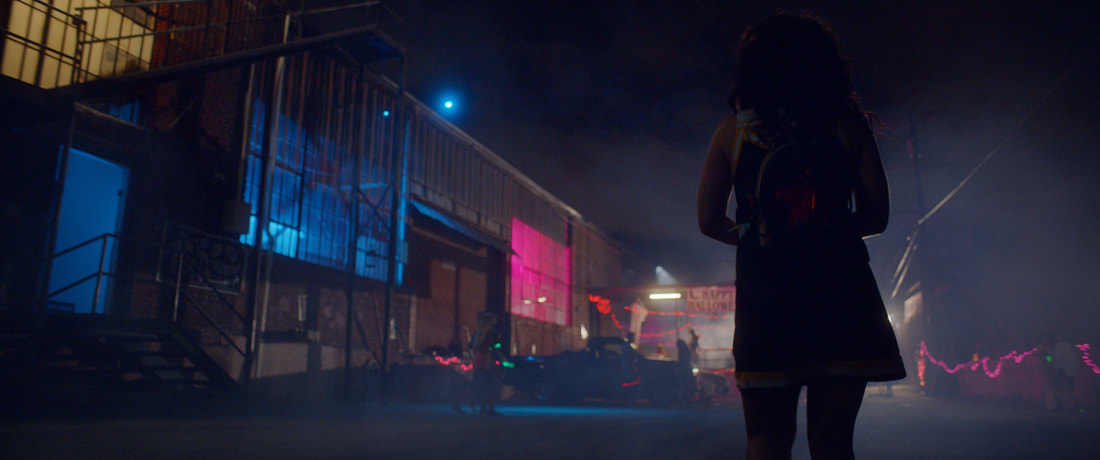Do Not Reply was a story conceived in 1999 when chat rooms were accessible by personal computer using a dial-up modem. At the time, we wanted to create a story that would serve as a warning for girls and young women that were frequenting those chat rooms, to illustrate the danger of meeting someone in person with whom they had grown comfortable online. The timing of the concept was a bit too early, because at the time, dating someone from the Internet was considered taboo.
Fast forward to 2016 when we discussed what film we should produce. In researching whether abductions through current technology were a problem, social media abductions were reported to have gone up dramatically in the preceding four years, coinciding with the rise of smart phones and social media apps. It only took a few years after the first smartphone came out in 2010 for the older phones to be passed down to the older children in a family. It wasn’t much longer before grade school kids were sporting smartphones.
A web search for teen social media abductions reveals numerous accounts of Internet predators being caught trying to lure girls to meet them in person, and worse, girls that have been abducted and are still missing. The FBI and the National Center for Missing and Exploited Children have been putting more effort into these cyber crimes and have acknowledged the growing problem of sexual predators preying anonymously on children.
We decided to write Do Not Reply to send an important social message about social media abductions. We wrapped it in a psychological abduction thriller hoping that it would be more widely seen, to caution those who are considering meeting someone in person whom they met through the Internet, and to encourage them to spend time to make sure the other person is who they say they are, and if in doubt, to not meet the person at all.
Some of the horrors that happen in real life to those who are abducted would not be appropriate for any screen. The script avoids being gratuitous in any manner with the subject of teen abductions. That was an important challenge and goal for us to make a story that didn’t shy away from the worst things that can happen, yet not be distasteful to write something that was impactful and memorable, to potentially make a difference.
Daniel Woltosz & Walt Woltosz
Fast forward to 2016 when we discussed what film we should produce. In researching whether abductions through current technology were a problem, social media abductions were reported to have gone up dramatically in the preceding four years, coinciding with the rise of smart phones and social media apps. It only took a few years after the first smartphone came out in 2010 for the older phones to be passed down to the older children in a family. It wasn’t much longer before grade school kids were sporting smartphones.
A web search for teen social media abductions reveals numerous accounts of Internet predators being caught trying to lure girls to meet them in person, and worse, girls that have been abducted and are still missing. The FBI and the National Center for Missing and Exploited Children have been putting more effort into these cyber crimes and have acknowledged the growing problem of sexual predators preying anonymously on children.
We decided to write Do Not Reply to send an important social message about social media abductions. We wrapped it in a psychological abduction thriller hoping that it would be more widely seen, to caution those who are considering meeting someone in person whom they met through the Internet, and to encourage them to spend time to make sure the other person is who they say they are, and if in doubt, to not meet the person at all.
Some of the horrors that happen in real life to those who are abducted would not be appropriate for any screen. The script avoids being gratuitous in any manner with the subject of teen abductions. That was an important challenge and goal for us to make a story that didn’t shy away from the worst things that can happen, yet not be distasteful to write something that was impactful and memorable, to potentially make a difference.
Daniel Woltosz & Walt Woltosz



